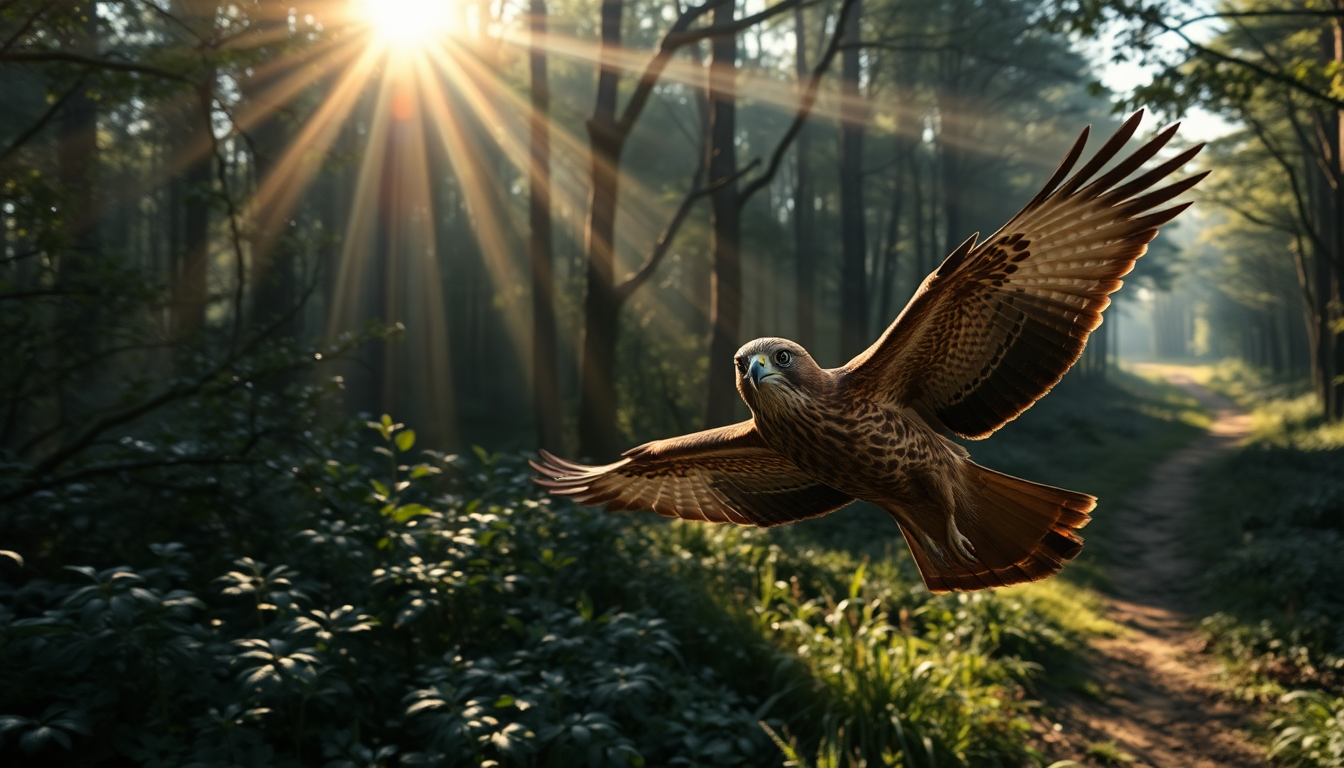Table of Contents
Grief is a journey that can feel incredibly lonely, often pushing us to seek comfort in the most unexpected places. Take Helen Macdonald, for instance. In her memoir, ‘H Is for Hawk,’ she shares her deeply personal experience after her father’s death, revealing how adopting a goshawk became her way to cope. This memoir has struck a chord with readers, offering a fresh perspective on loss and recovery through the fascinating world of falconry.
The Emotional Landscape of Grief
Macdonald’s story begins in the wake of her father’s passing, a moment that permanently alters her life and career. Through vivid imagery and heartfelt emotion, she conveys the essence of her grief and how it drives her to the wild, untamed world of hawks. Choosing to adopt a goshawk—a bird renowned for its fierce independence and hunting skill—serves as both a literal and metaphorical escape from her pain. Who wouldn’t want to find solace in such a powerful creature?
As she navigates her loss, Macdonald dives into the intricate bond between humans and animals, especially her relationship with her goshawk, whom she names Mabel. This connection becomes a lifeline, helping her make sense of her grief and providing a renewed sense of purpose. Through caring for Mabel, Macdonald discovers how nurturing another being can be a source of comfort during turbulent emotional times. Isn’t it fascinating how relationships can take many forms, especially in our darkest moments?
The Adaptation’s Visual Storytelling
Philippa Lowthorpe’s film adaptation of ‘H Is for Hawk’ brings Macdonald’s poignant journey to the screen, showcasing the emotional weight of her experiences alongside stunning visuals. Featuring Claire Foy as Macdonald, the film captures the essence of her struggle while adding a layer of visual richness that complements the memoir’s themes. While it does simplify some of the memoir’s deeper layers, it successfully conveys the emotional resonance of Macdonald’s experience. Who wouldn’t want to see such a powerful story come to life?
The film beautifully balances the captivating visuals of falconry with the underlying themes of grief and healing. Viewers are treated to breathtaking shots of Mabel soaring through the sky, a testament to the beauty and strength of these magnificent birds. However, it’s worth noting that the film sometimes leans towards a more conventional narrative about the human-animal bond, missing out on some of the profound philosophical musings found in Macdonald’s writing.
Finding Purpose in the Wild
Throughout the film, we watch as Macdonald’s relationship with Mabel evolves. She learns to communicate with this formidable bird and earn its trust—a slow process that parallels her own journey through grief. Just as she must gain Mabel’s confidence, Macdonald is on a quest to understand her emotions and honor her father’s memory. Isn’t it interesting how our relationships with animals can reflect our own inner struggles?
Lowthorpe’s portrayal of Macdonald’s efforts to connect with both her goshawk and her grief is both moving and relatable. The film highlights how Helen’s interactions with Mabel provide her with much-needed distraction from the weight of her sorrow. Yet, it also underscores the responsibility that comes with caring for another life, resonating deeply as Helen navigates her own loss.
Ultimately, ‘H Is for Hawk’ reminds us of the healing power of nature and the connections we forge with the world around us, even during the darkest times. It encourages us to reflect on our own experiences of loss and the surprising ways we might find solace and understanding in the most unexpected places. How do you seek comfort when life gets tough?


